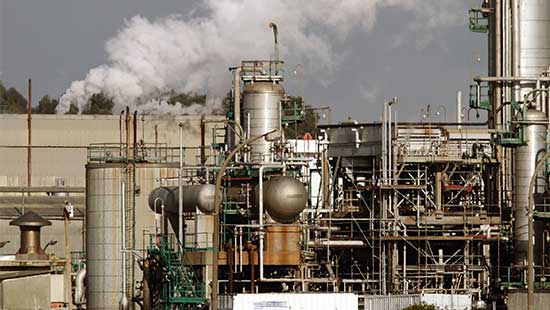Fouling in the reactor bed of a hydrodesulfurization (HDS) unit is typically made up of iron sulfide and polymeric gums. The fouling material builds a crust on top of the catalyst bed. As this crust becomes deeper, the pressure drop across the reactor increases to the point where the throughput to the unit must be reduced. The high-pressure drop can cause an unscheduled shutdown in order to allow the upper portion of the reactor bed to be removed and replaced, resulting in significant economic losses.
We treat a pressure drop-limited hydroprocess reactor bed with specialized chemistry that causes the crust on the reactor bed surface to agglomerate and open pathways. The opened passages reduce the flow restriction that is causing the high-pressure drop and allows the unit to extend operation. Extended run lengths allow a refinery to optimise planning for maintenance activities, maintain throughput, achieve turnaround and increase on-stream time. Our reactor bed pressure reduction technology has a high success rate and has been used in many refineries globally.



